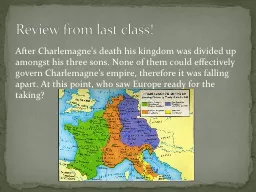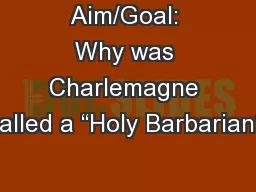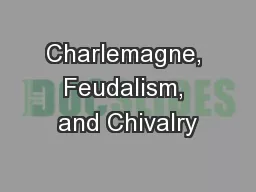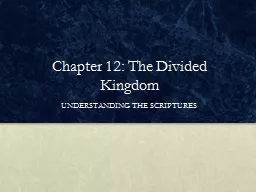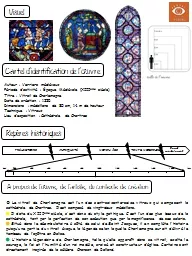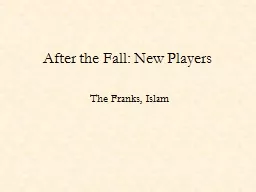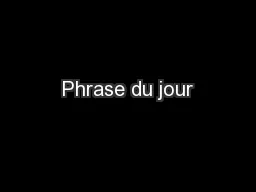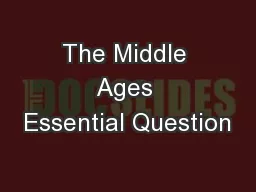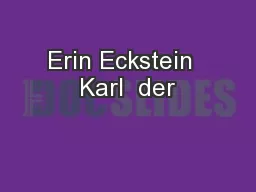PPT-After Charlemagne's death his kingdom was divided up amongs
Author : yoshiko-marsland | Published Date : 2016-06-26
Review from last class The Invasions of the Northmen The Vikings What images come to mind when you think of Vikings They NEVER wore horns A Viking was actually
Presentation Embed Code
Download Presentation
Download Presentation The PPT/PDF document "After Charlemagne's death his kingdom wa..." is the property of its rightful owner. Permission is granted to download and print the materials on this website for personal, non-commercial use only, and to display it on your personal computer provided you do not modify the materials and that you retain all copyright notices contained in the materials. By downloading content from our website, you accept the terms of this agreement.
After Charlemagne's death his kingdom was divided up amongs: Transcript
Download Rules Of Document
"After Charlemagne's death his kingdom was divided up amongs"The content belongs to its owner. You may download and print it for personal use, without modification, and keep all copyright notices. By downloading, you agree to these terms.
Related Documents

